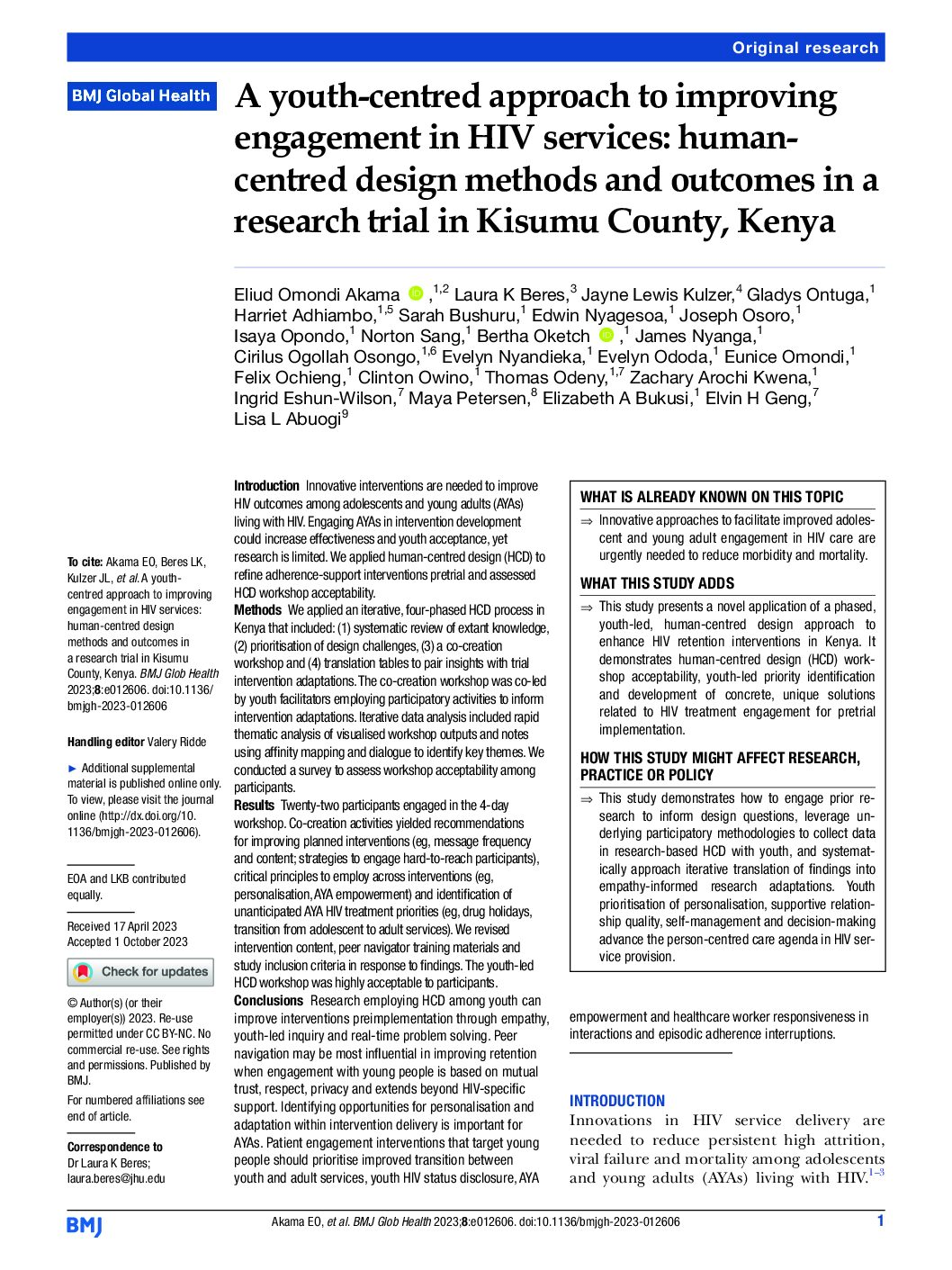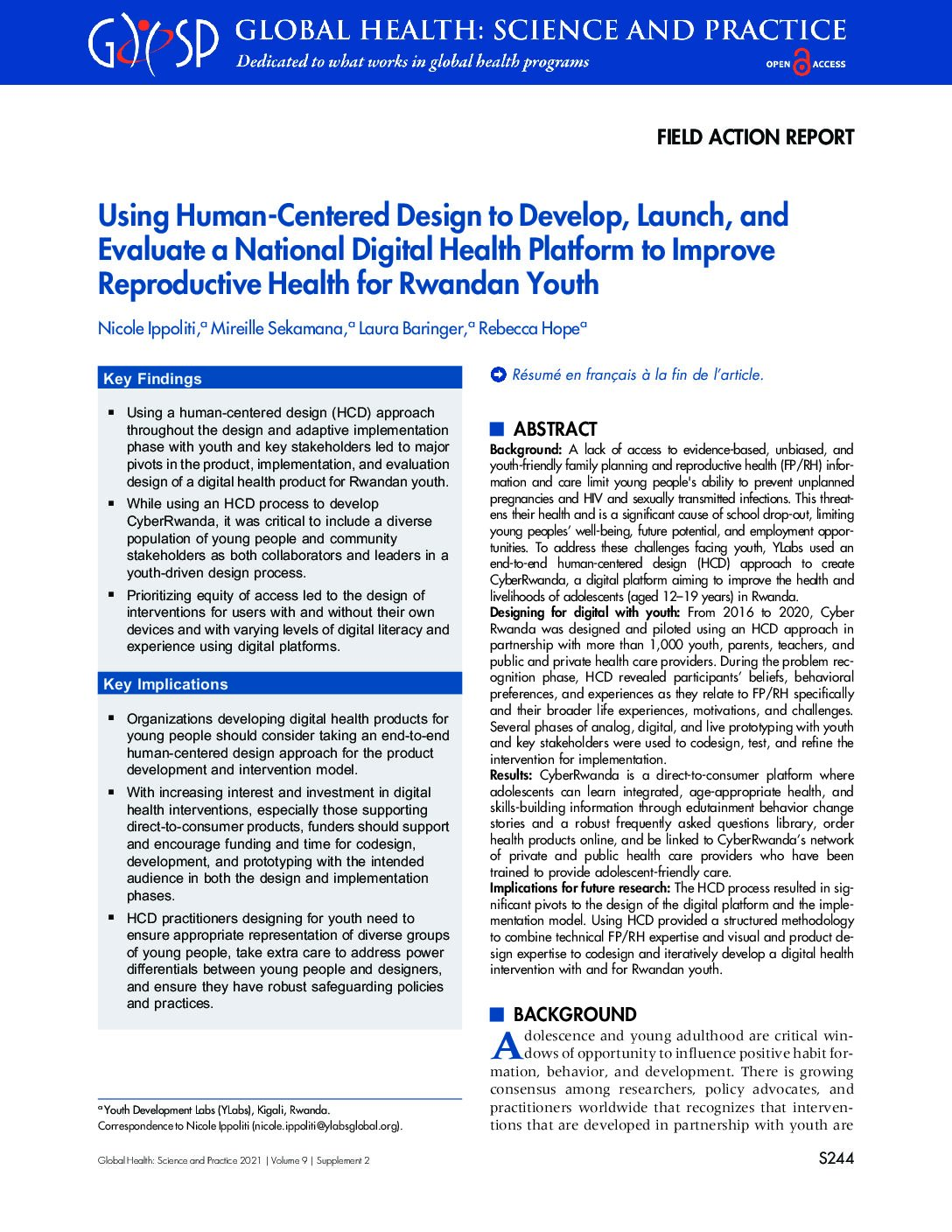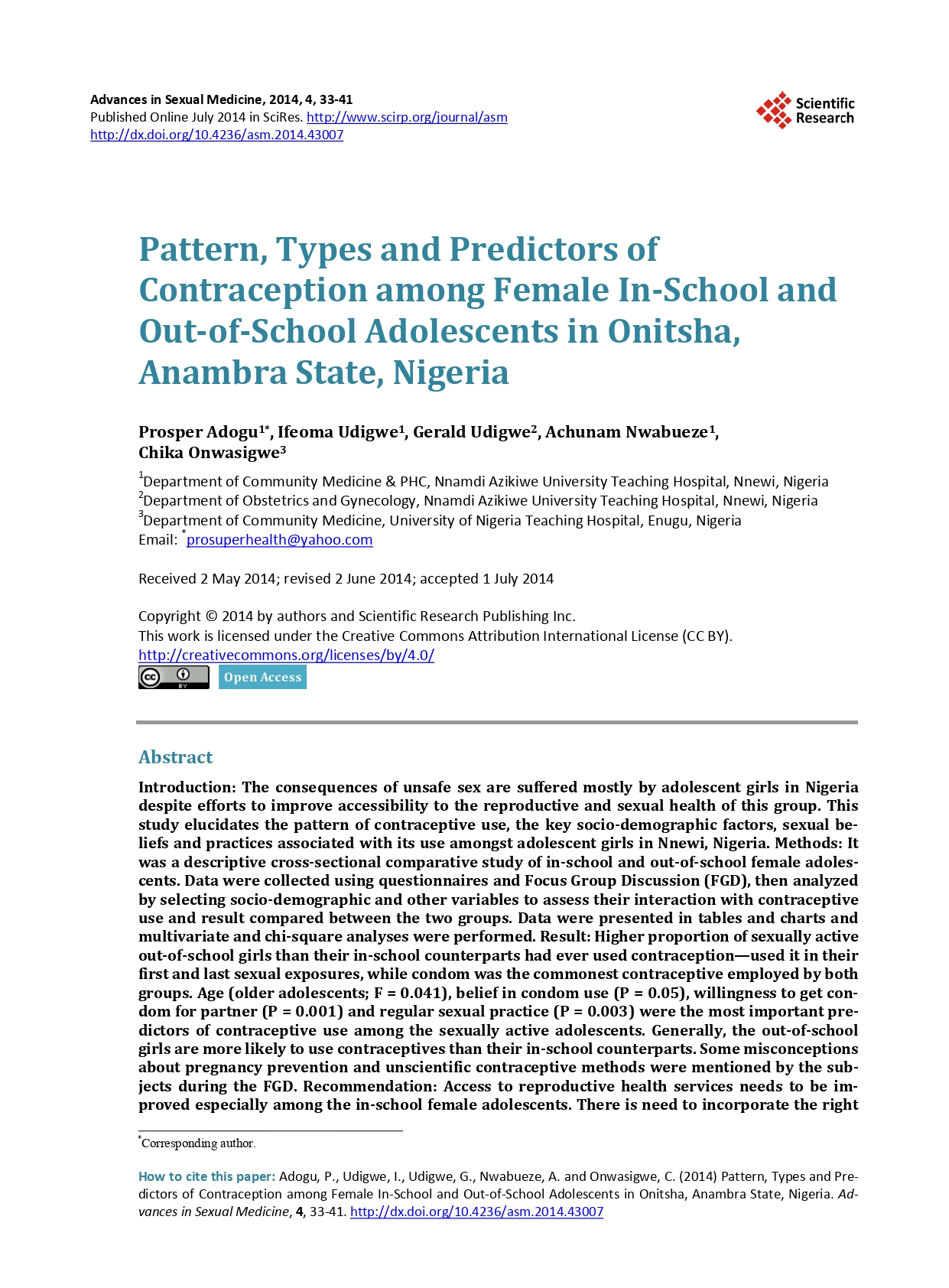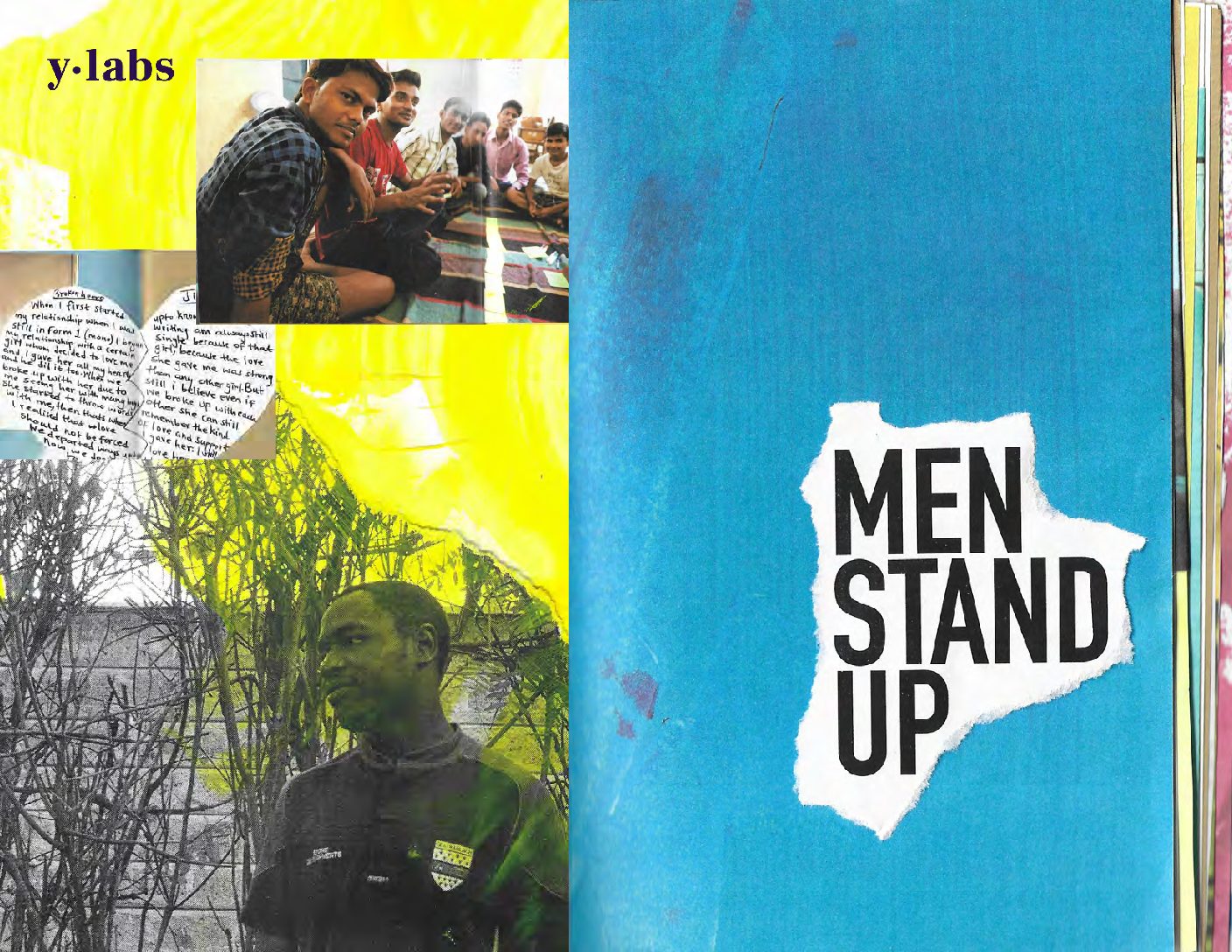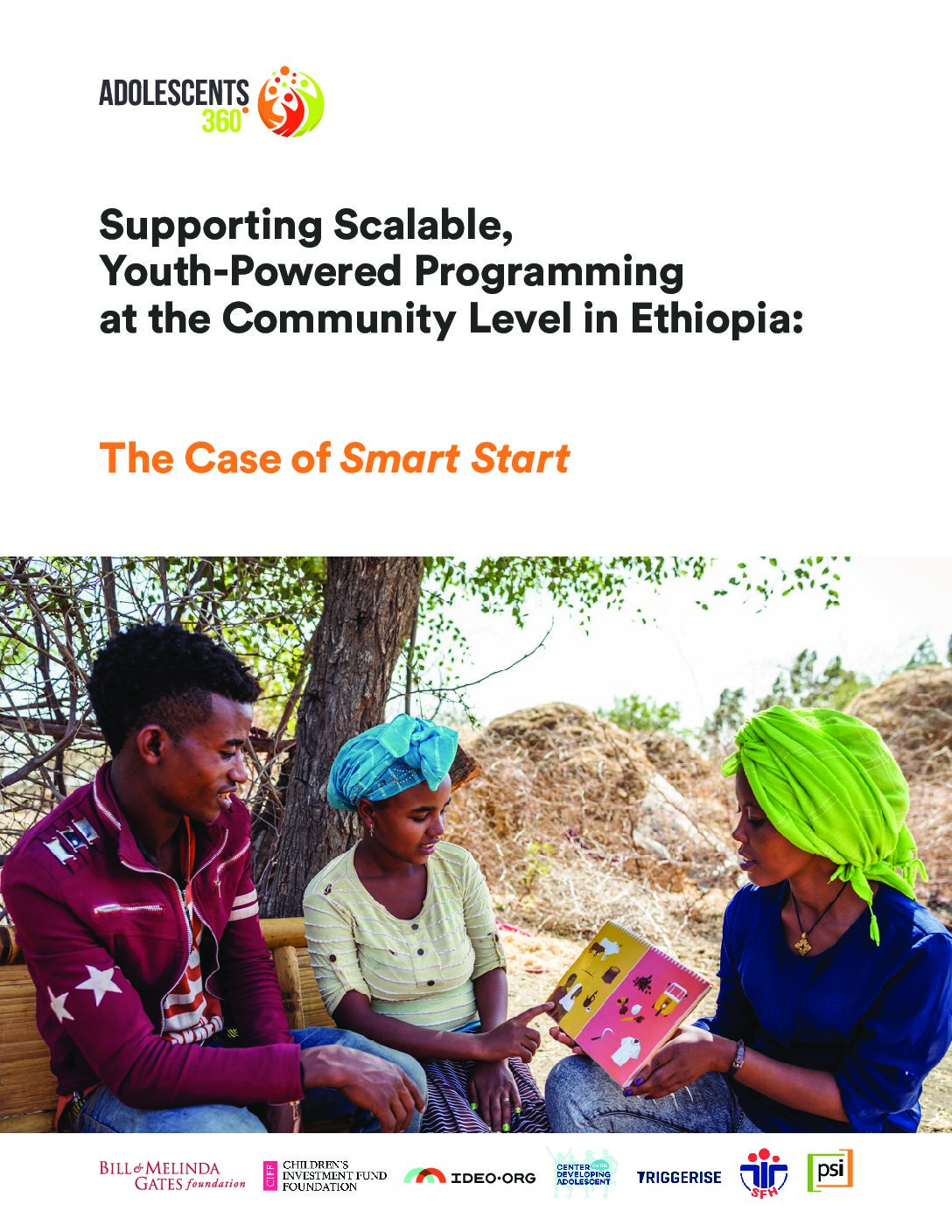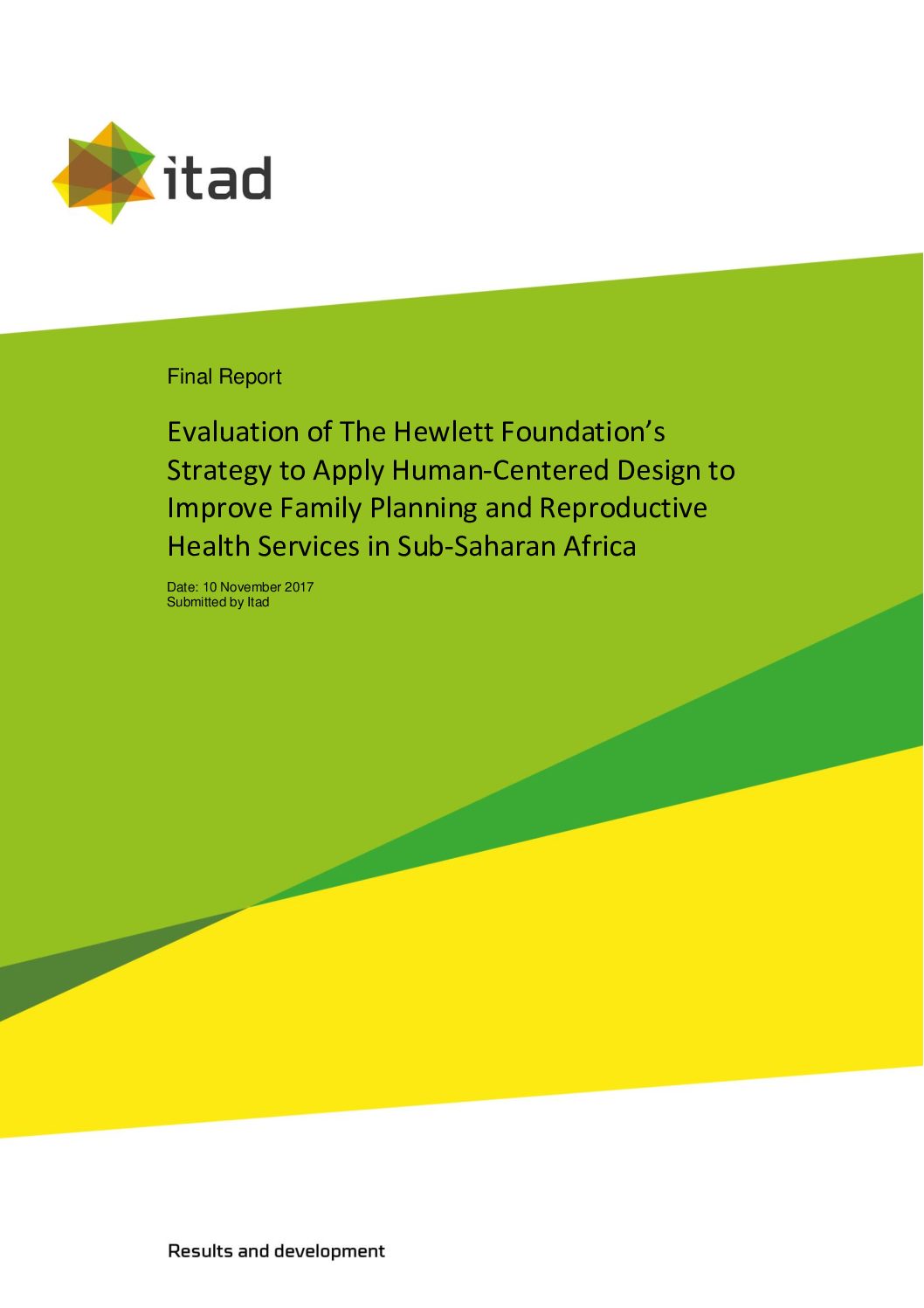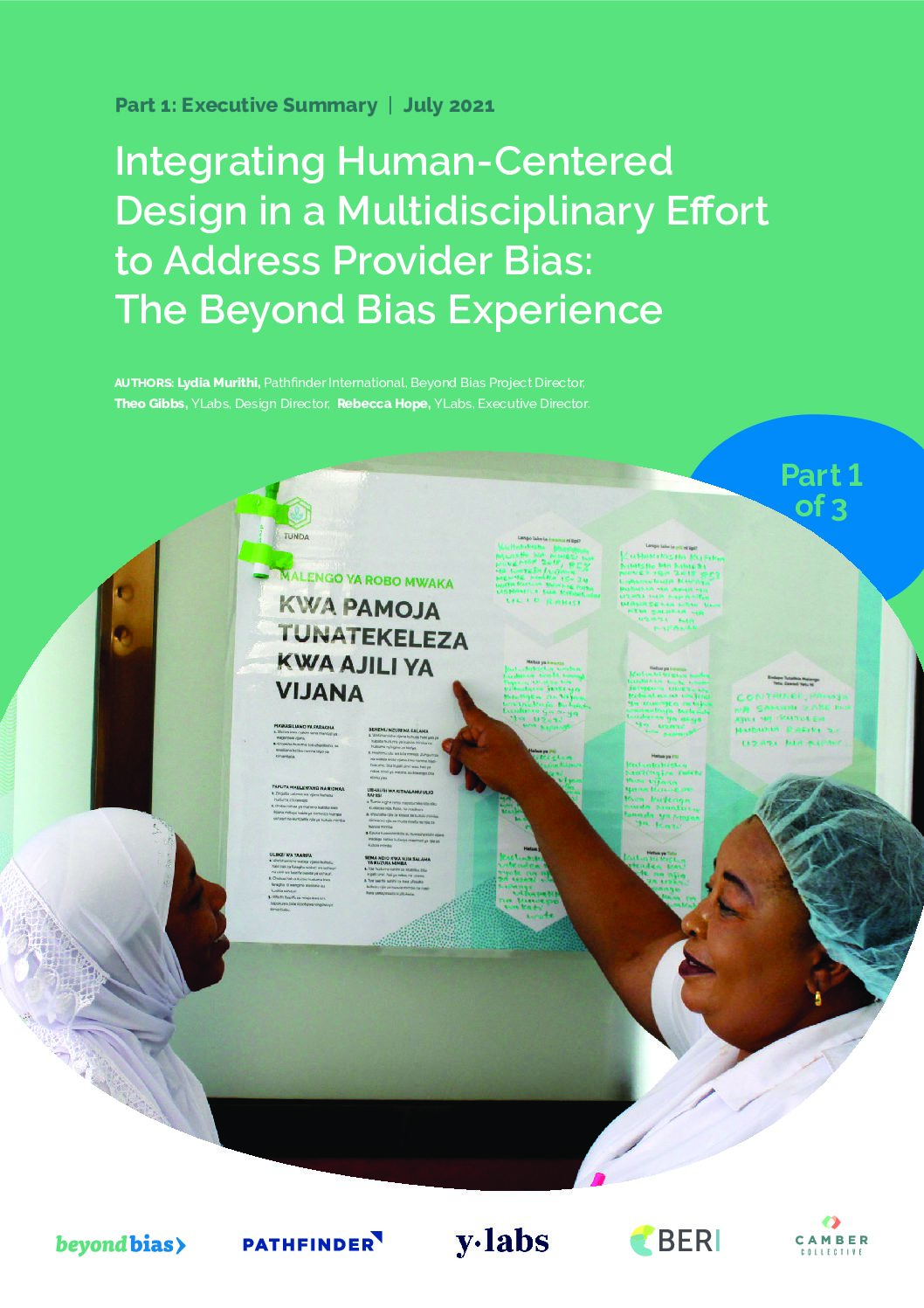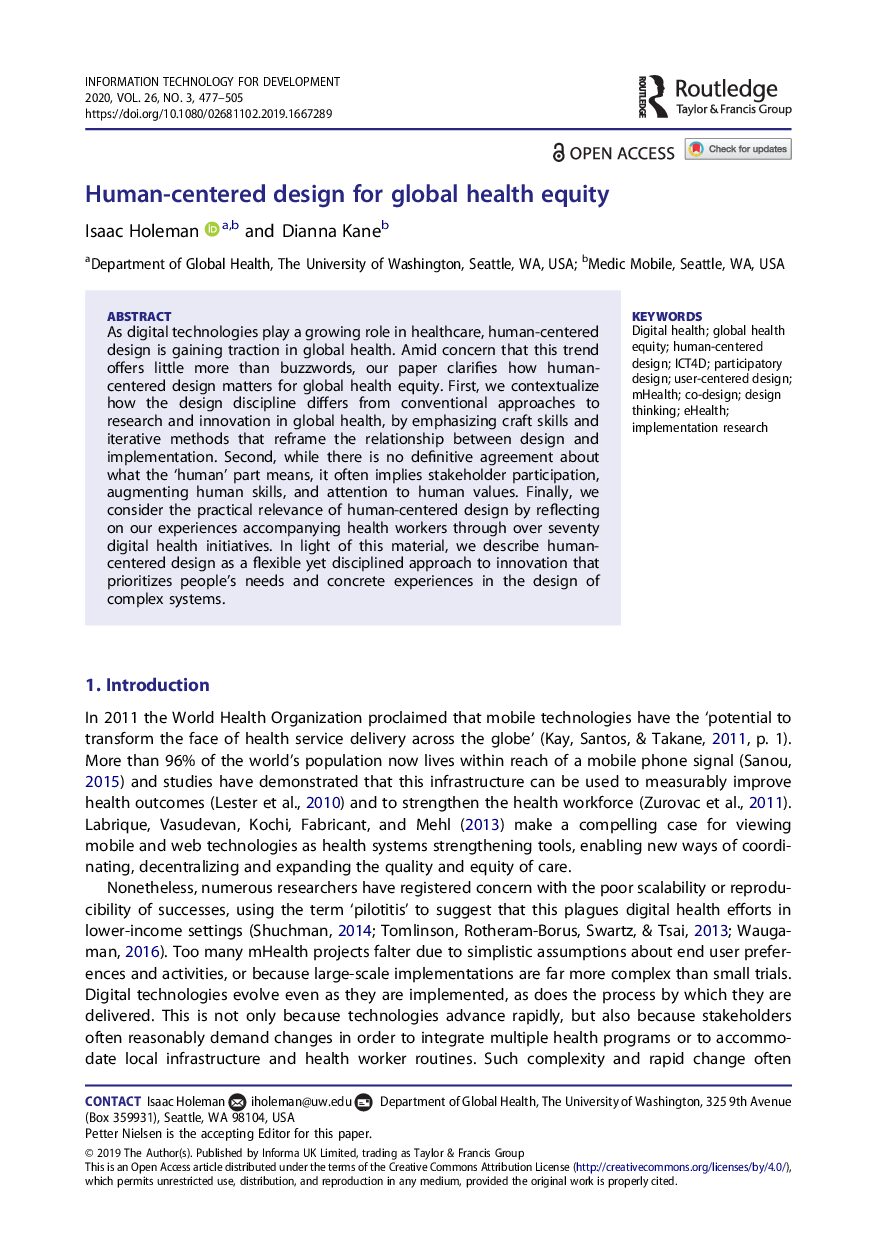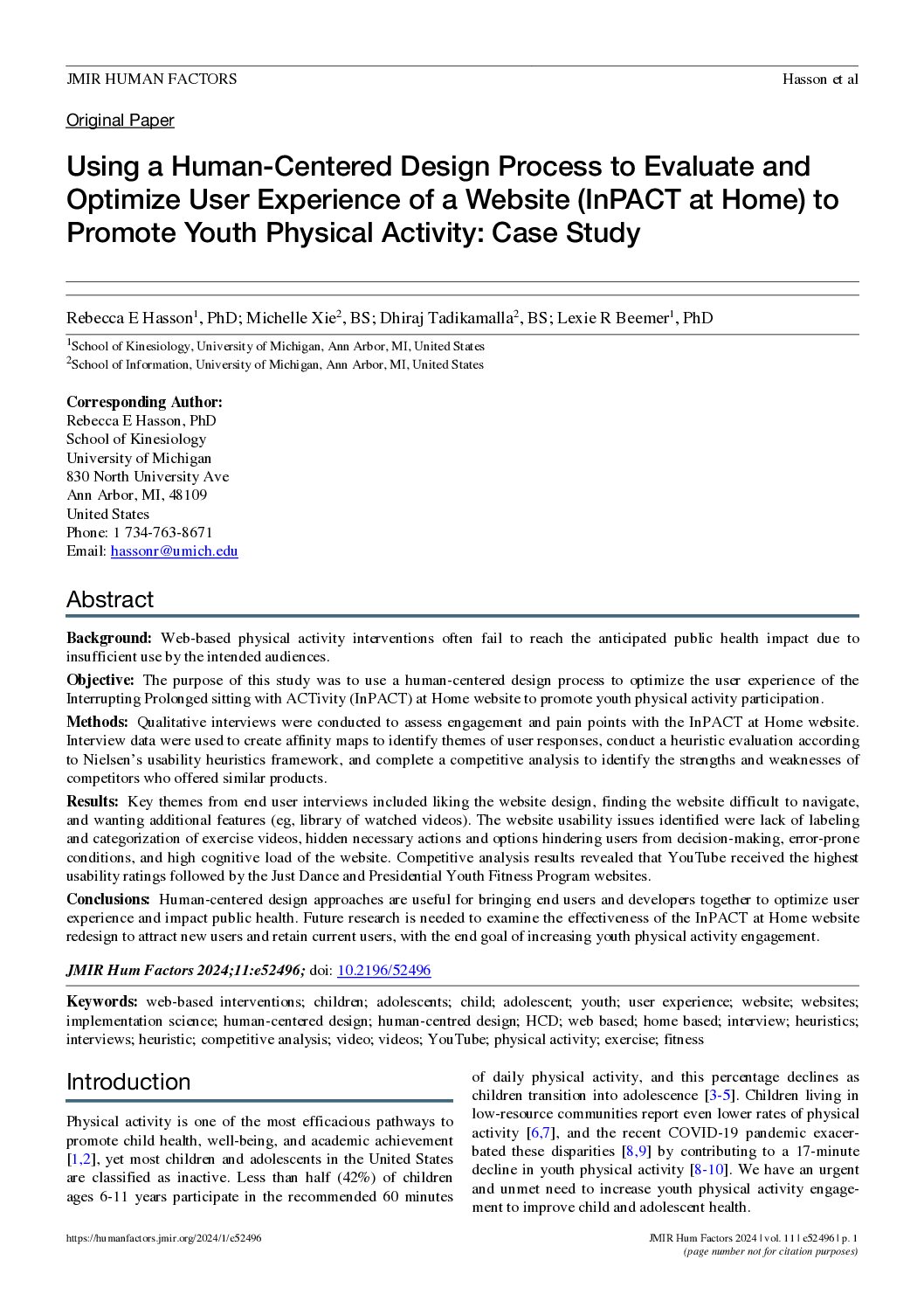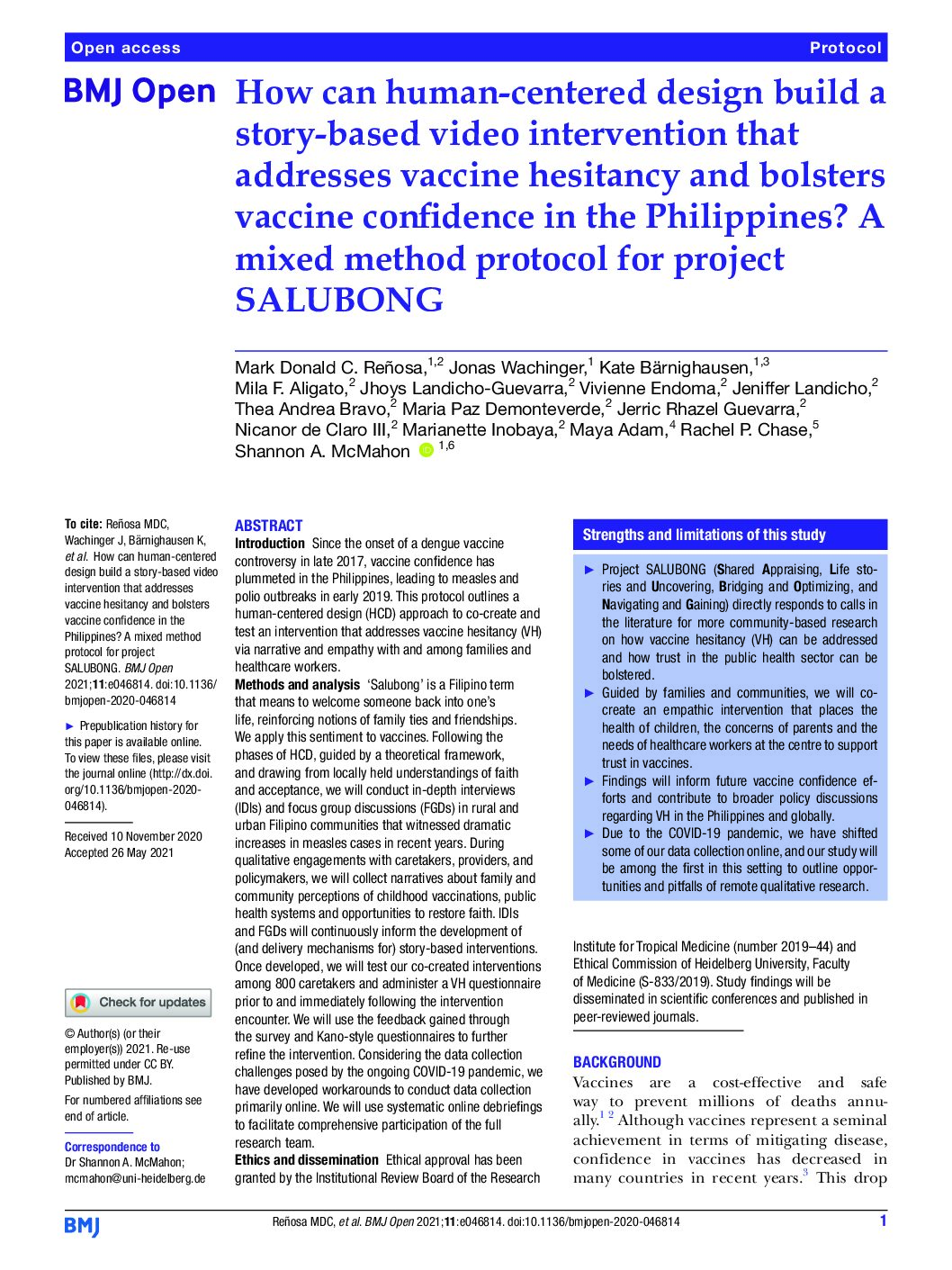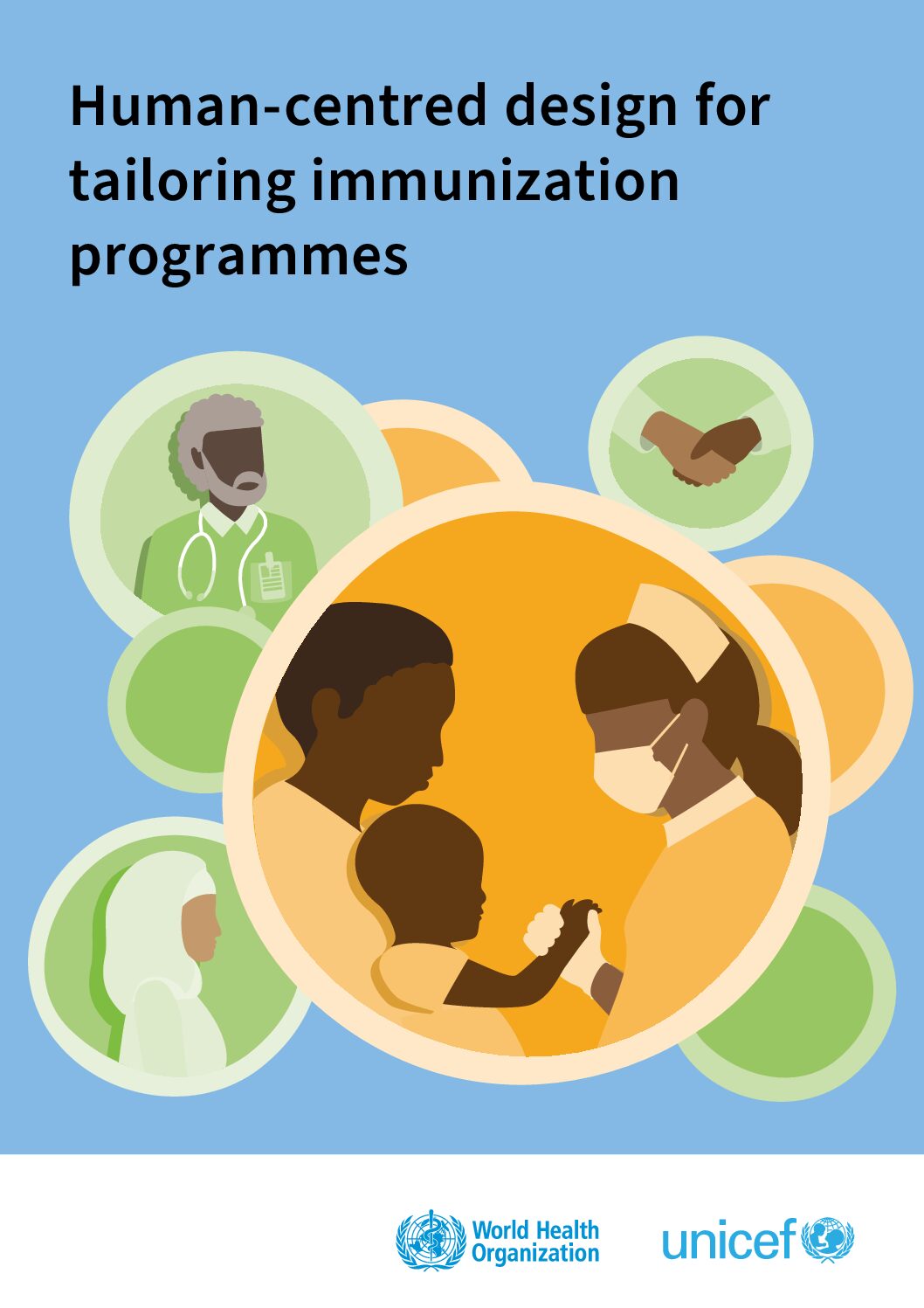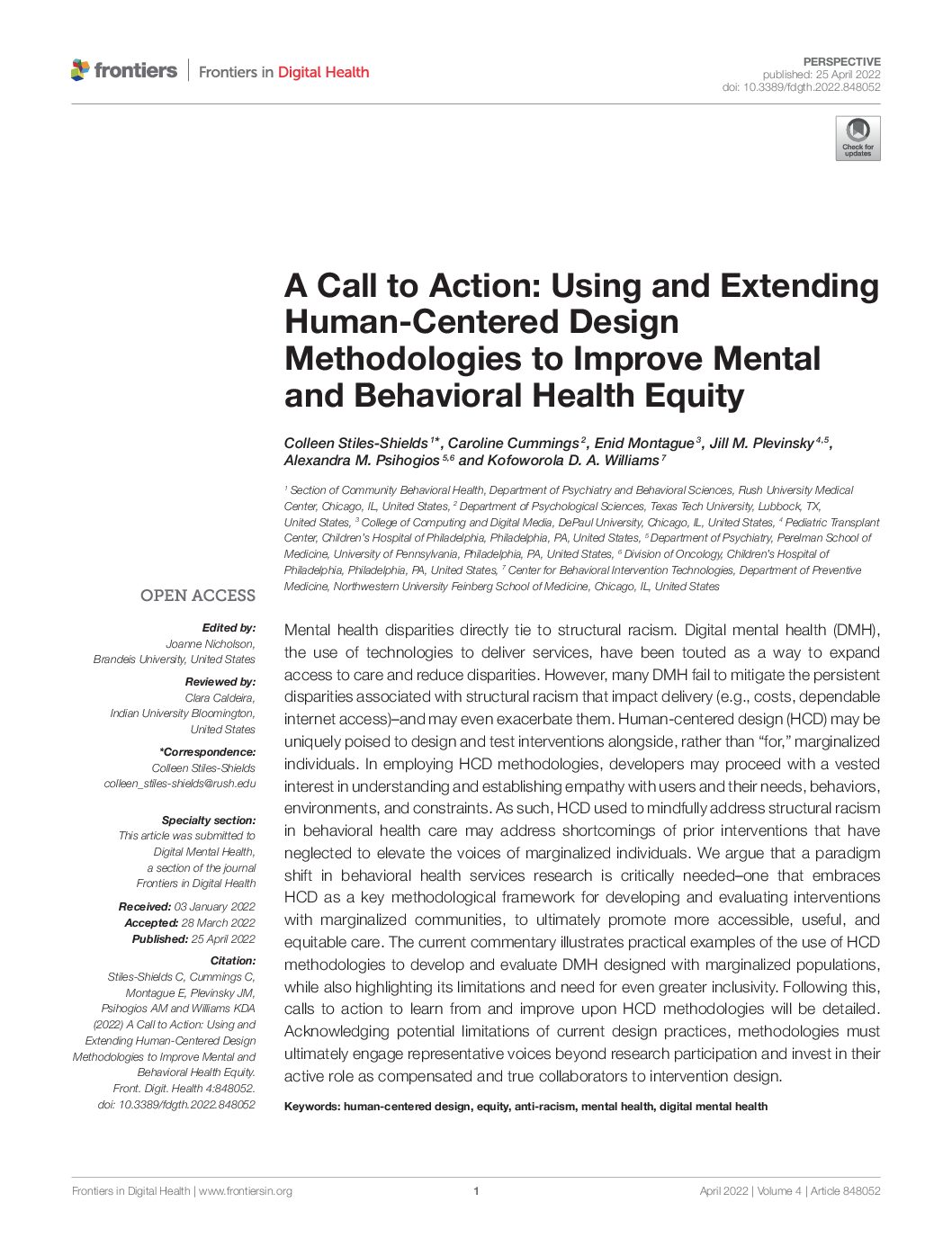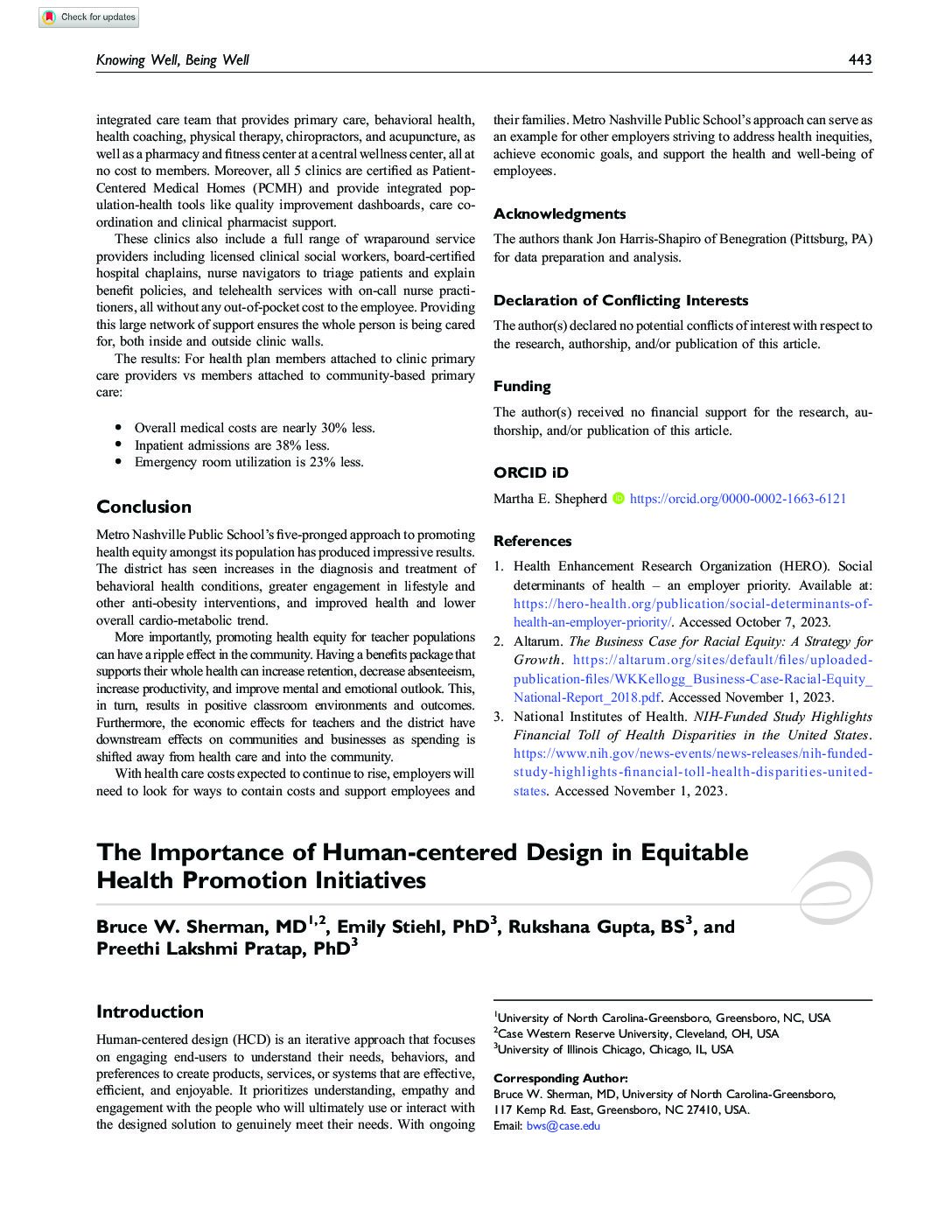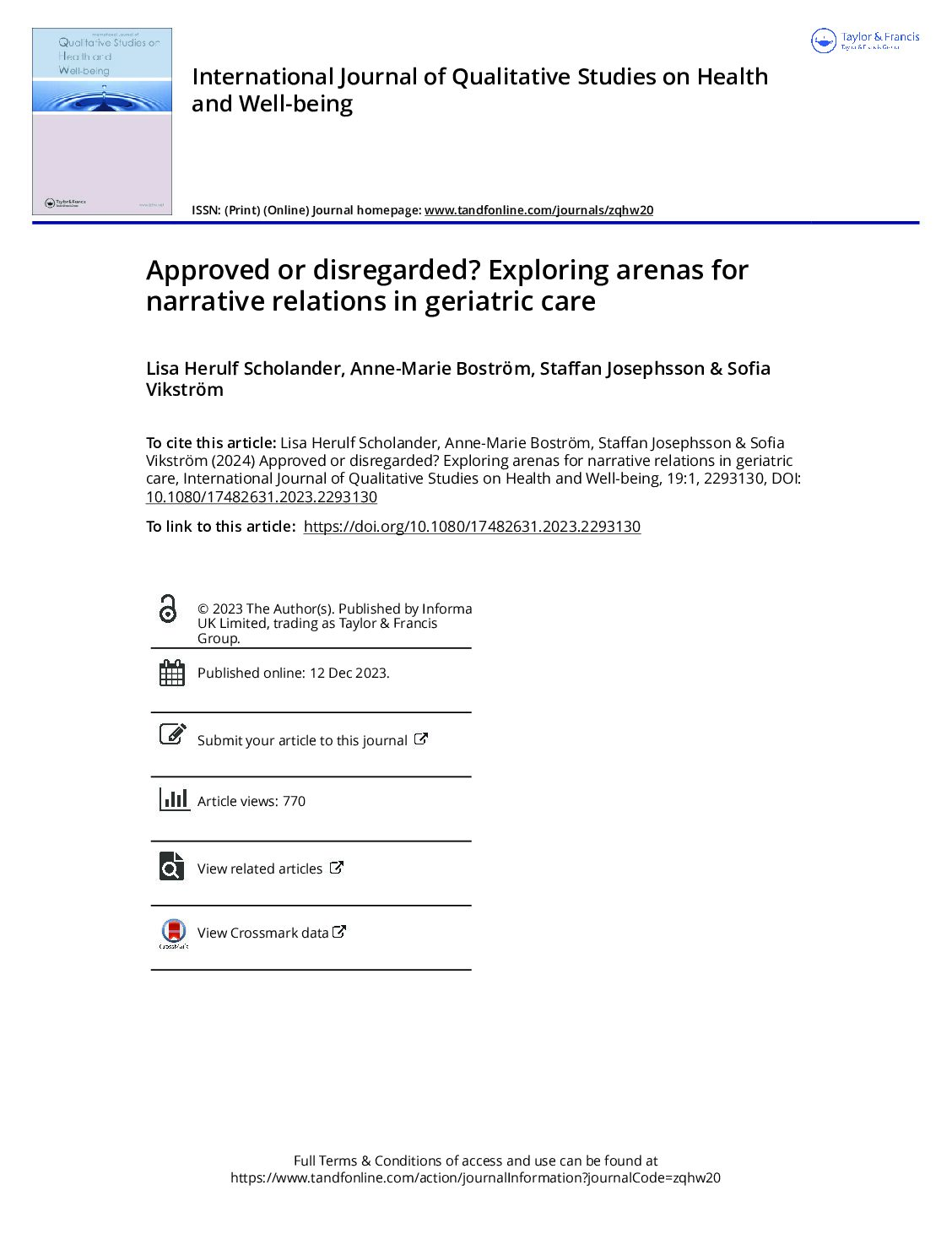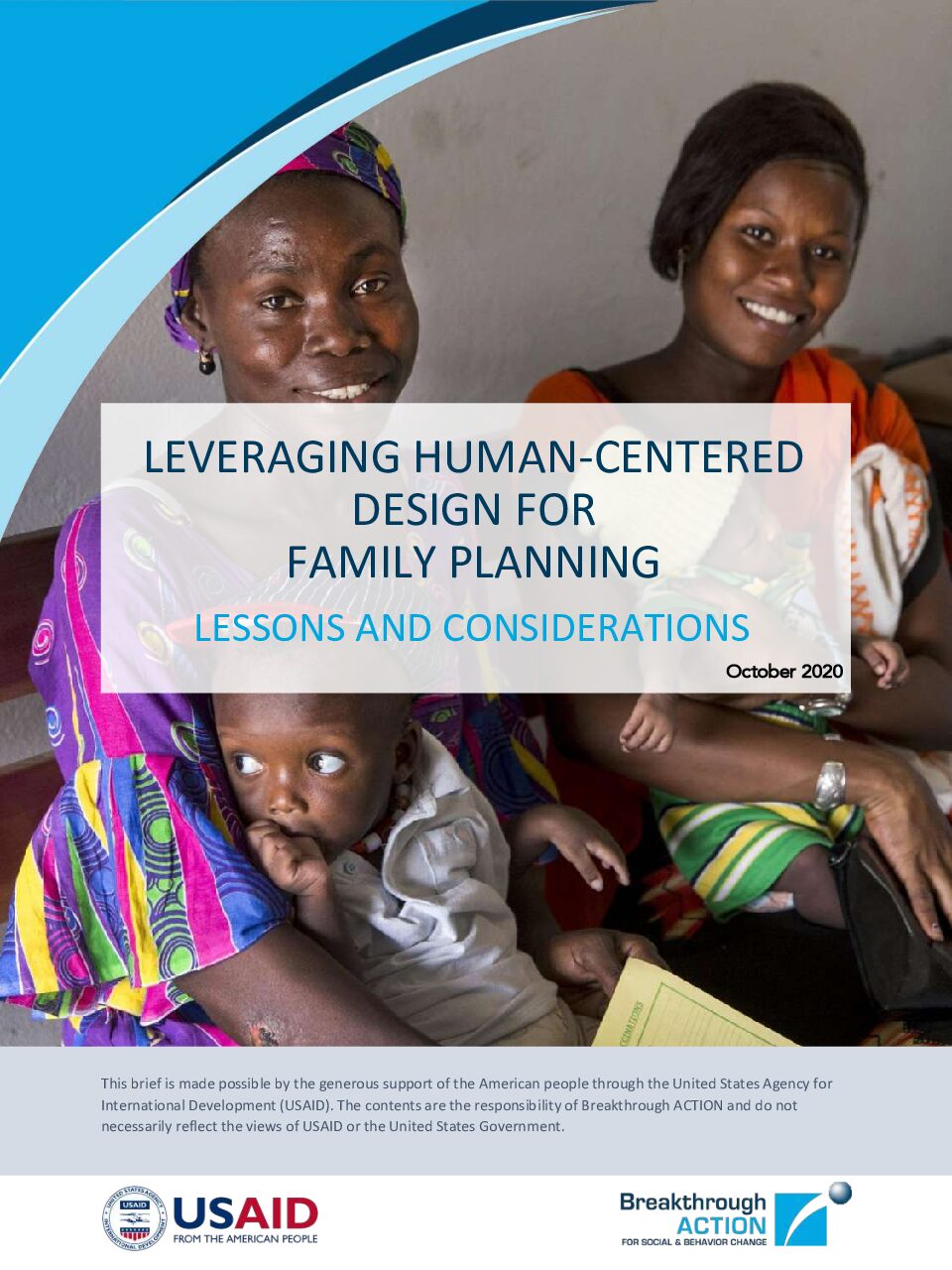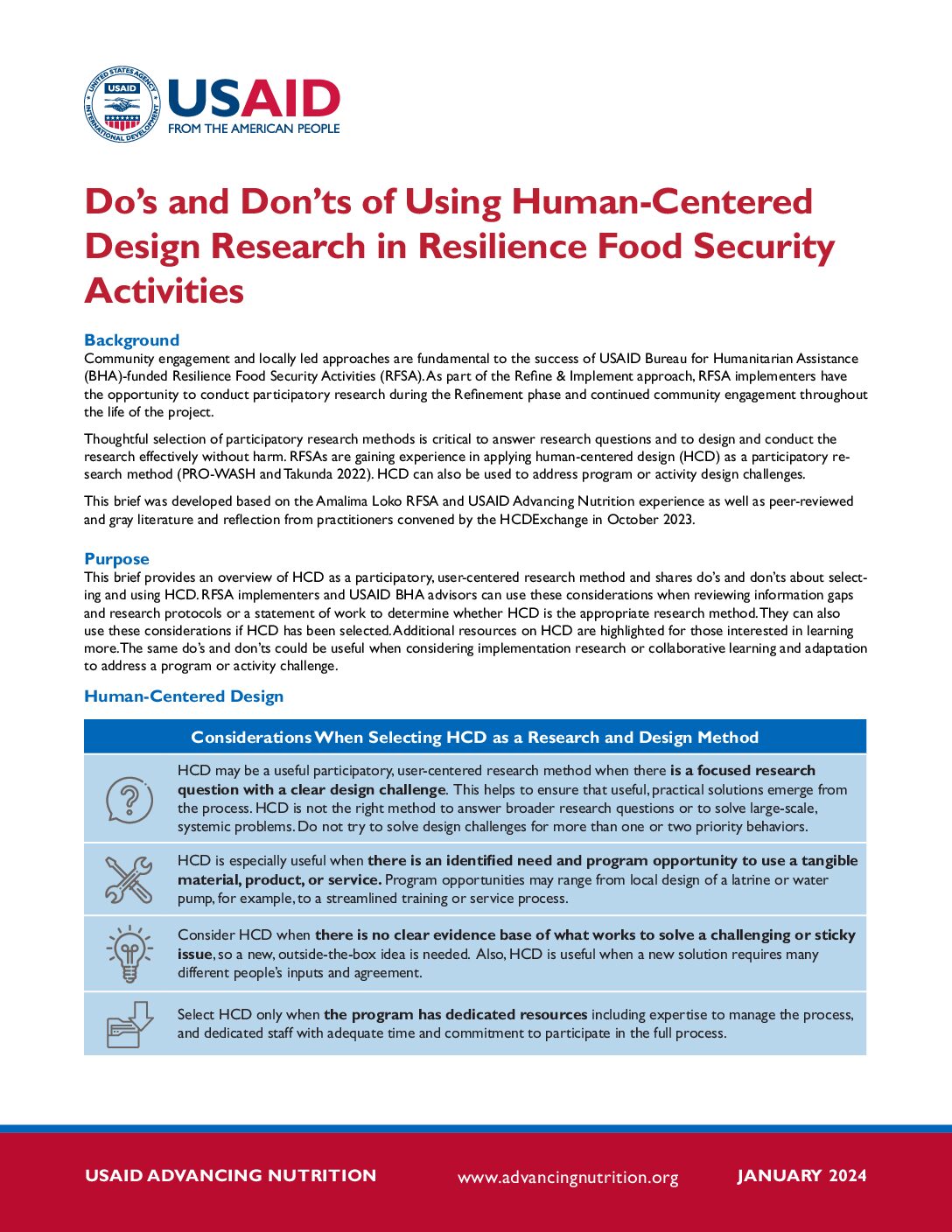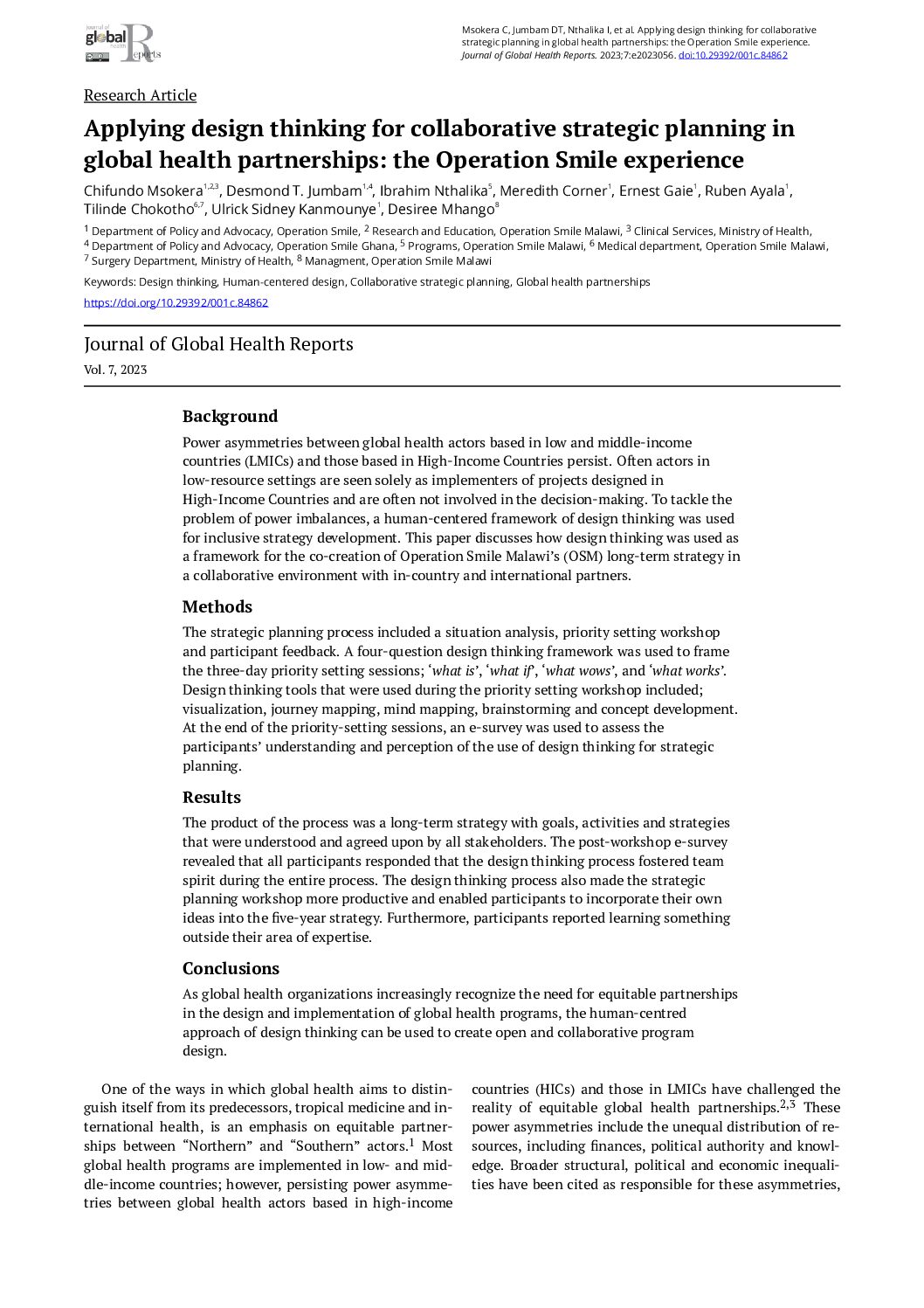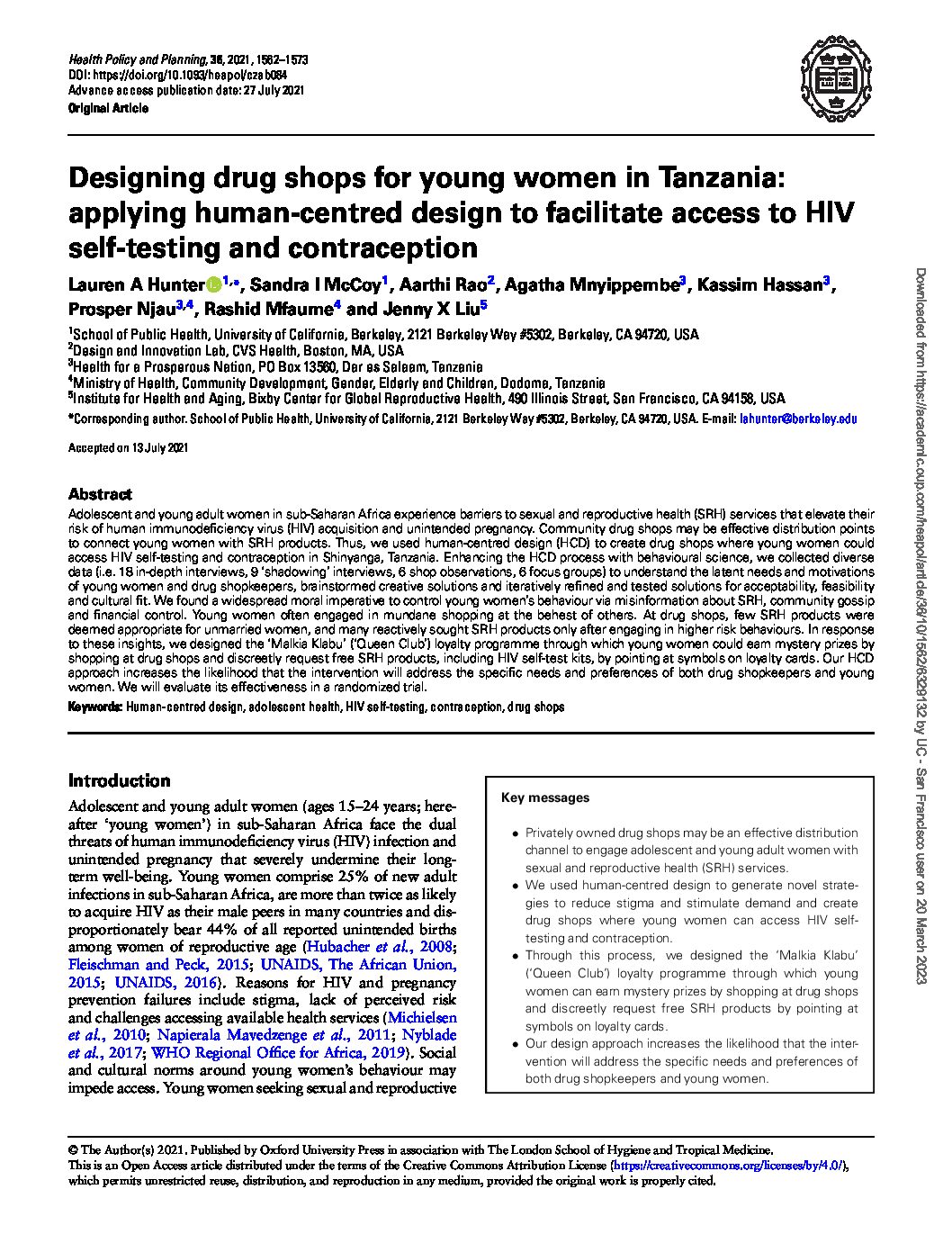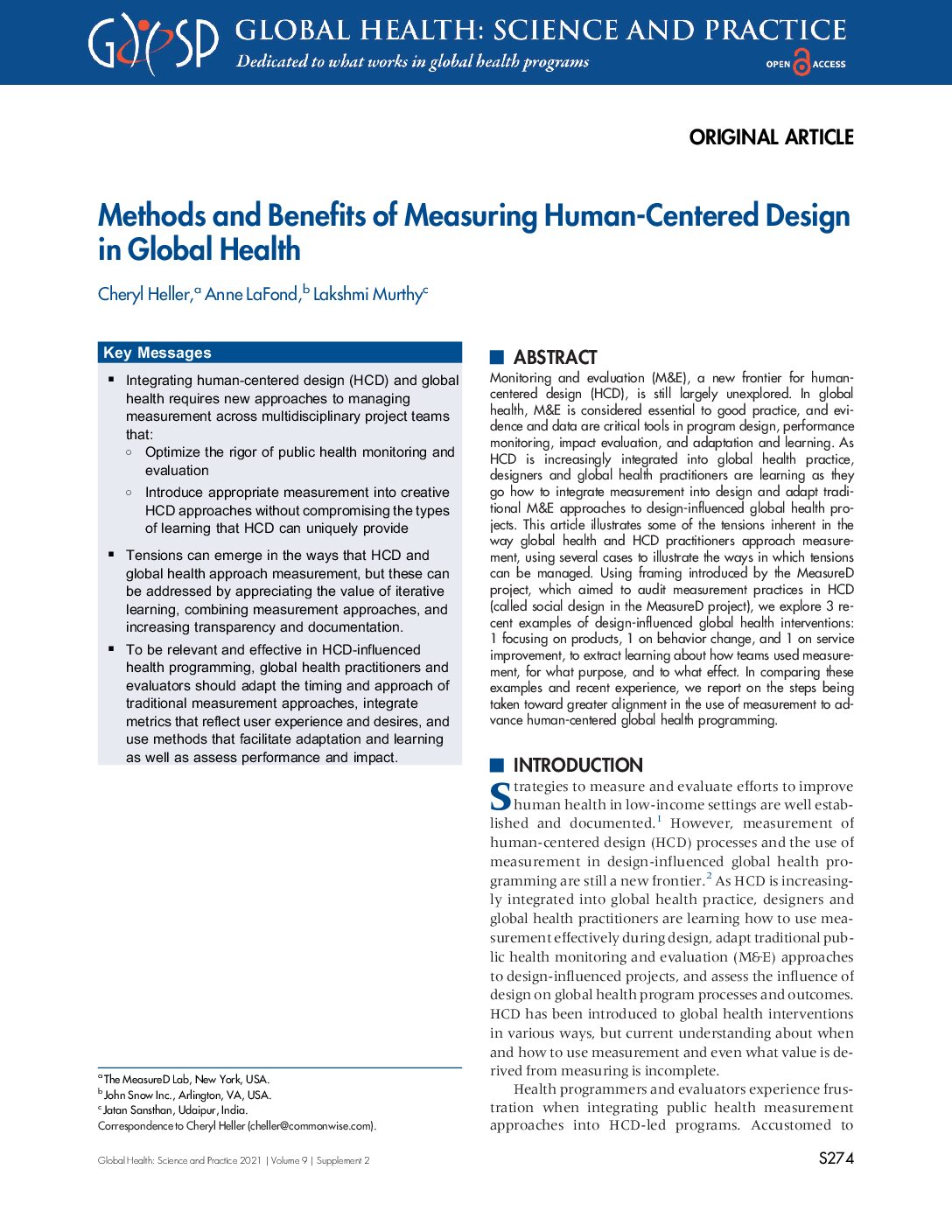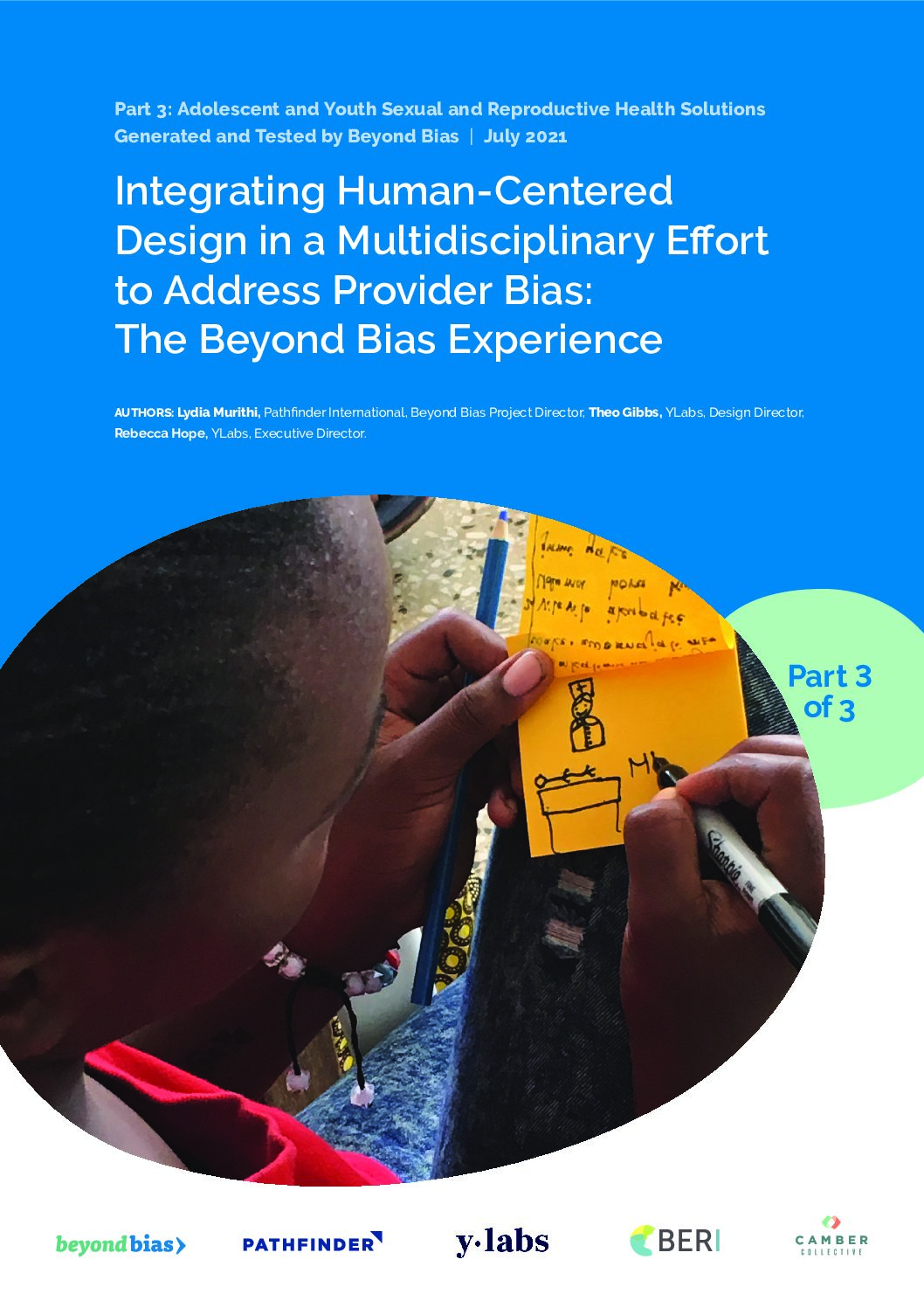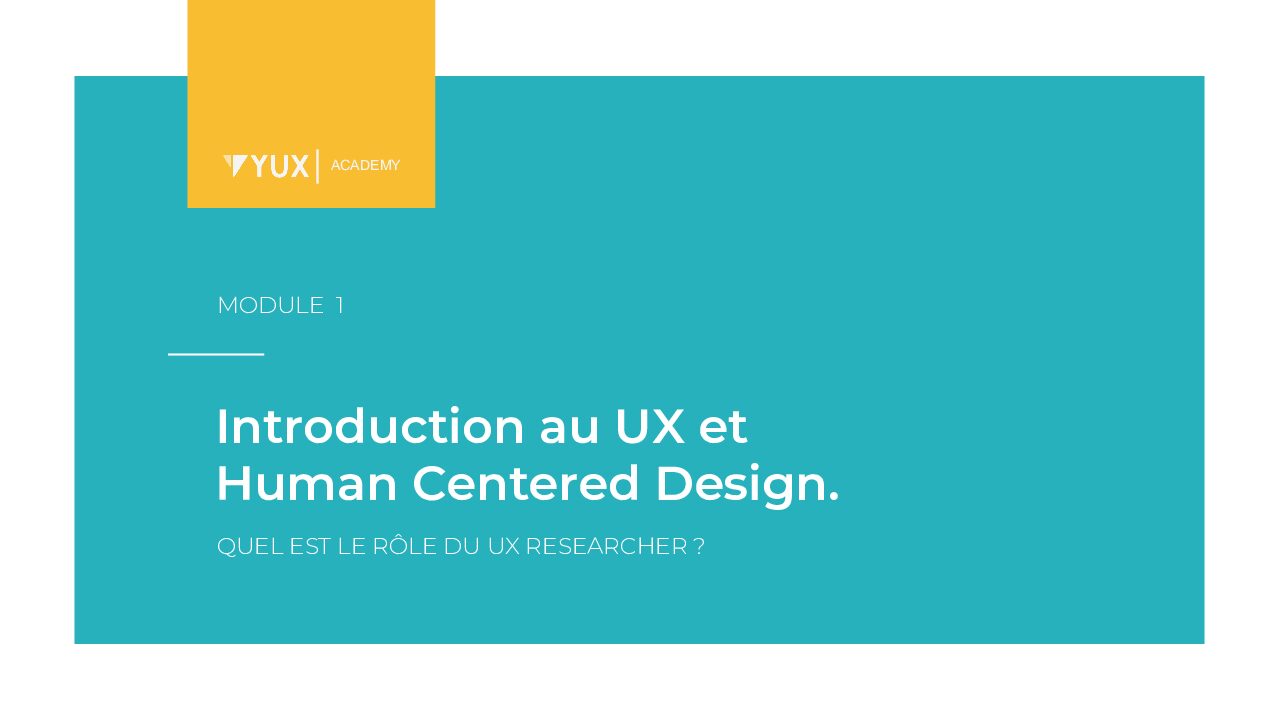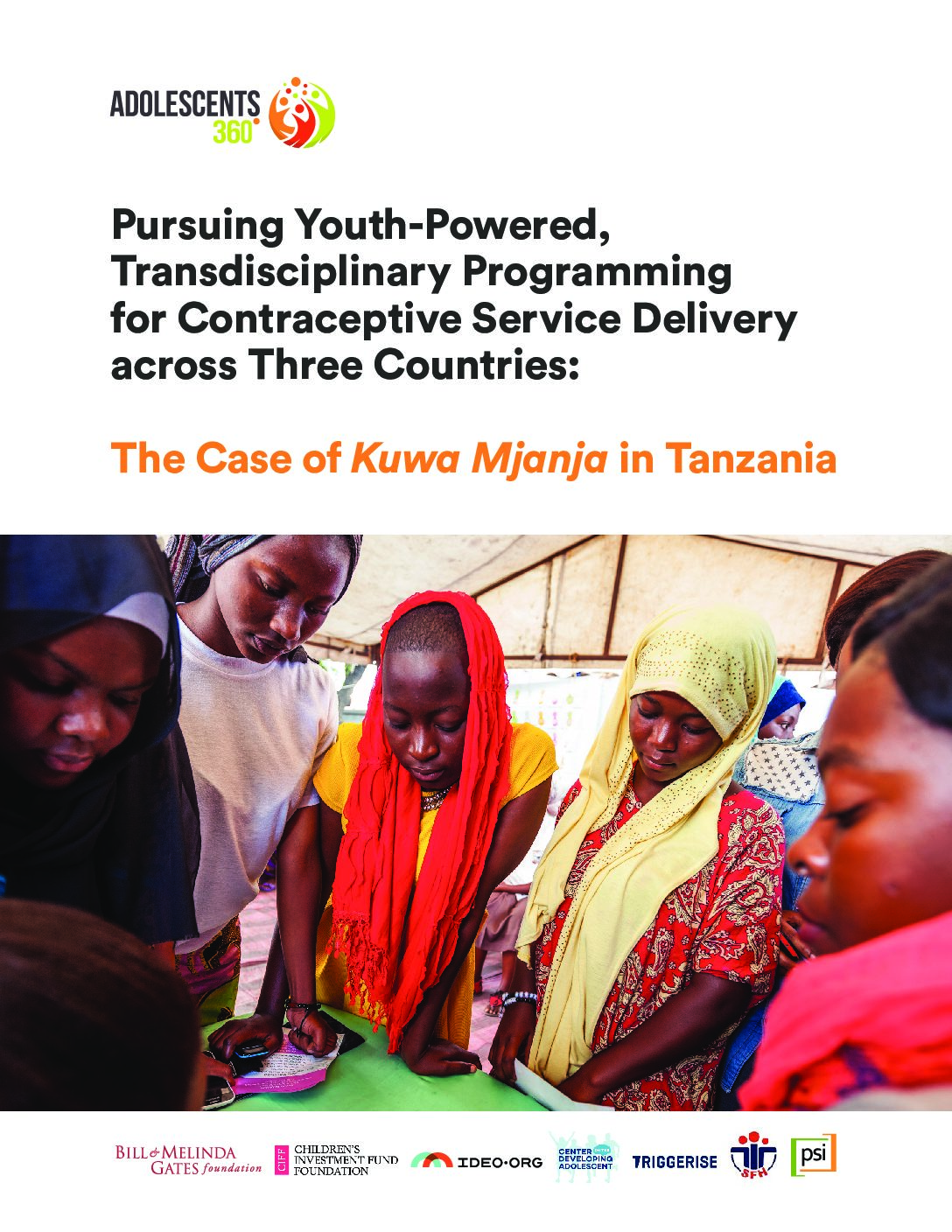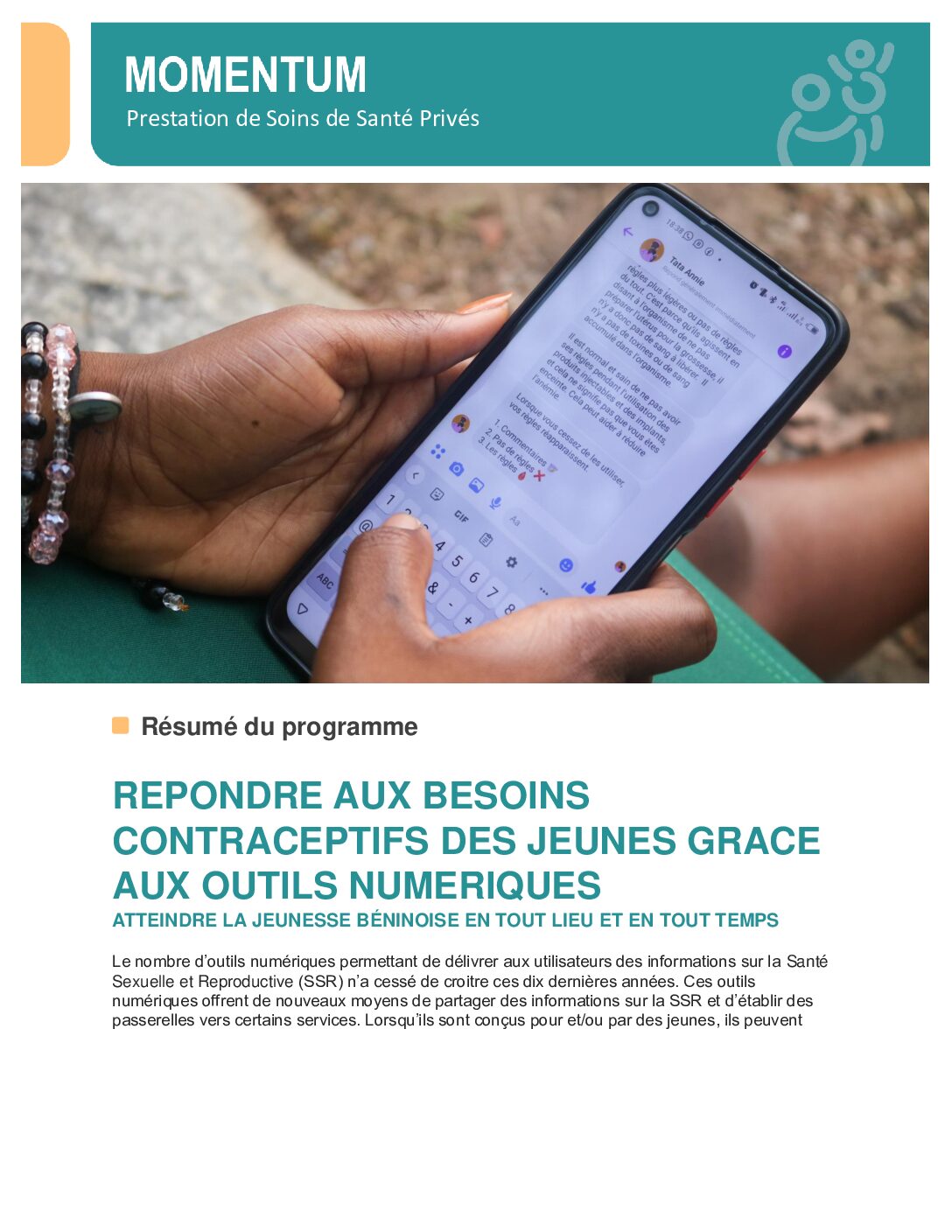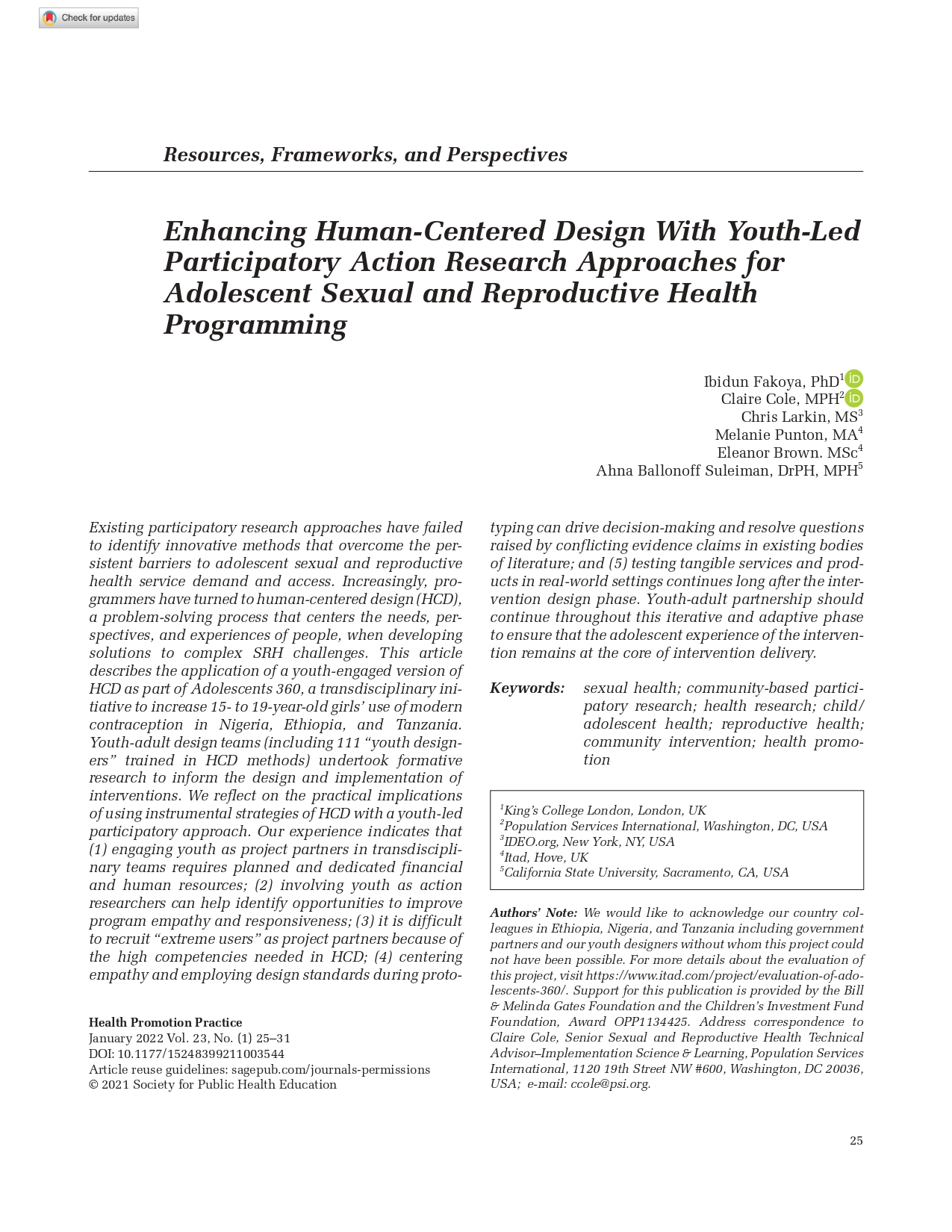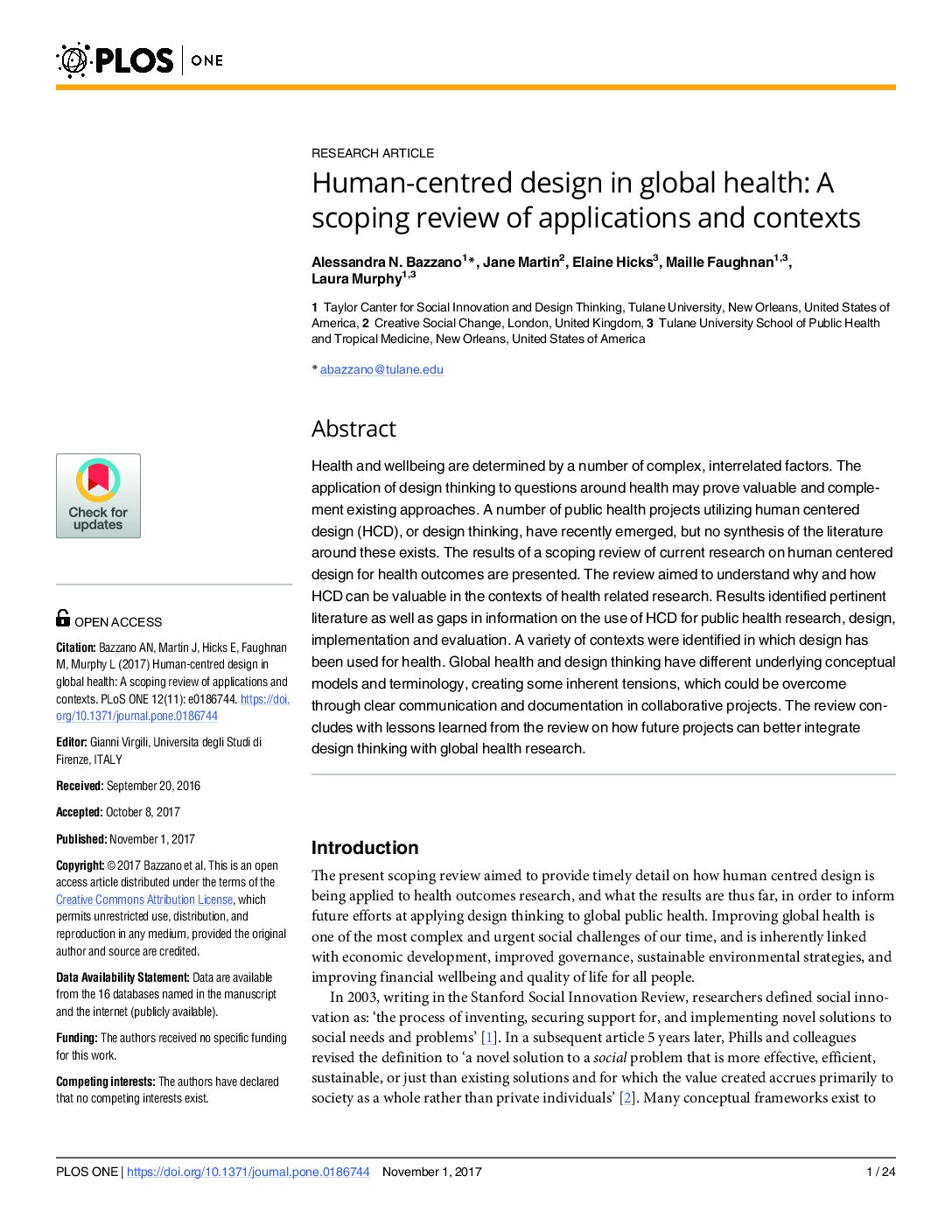Adolescents and young adults are disproportionately affected by HIV worldwide, and yet are rarely specifically prioritized in national HIV-plans and programming efforts .The neglect of the adolescents and young adults living with HIV (18 – 24 years) within national HIV programming as evidenced by the lack of youth-friendly health services sometimes leads to poor health outcomes, such as poor adherence to antiretroviral therapy (ART) and poor viral load suppression. Whilst ART is regarded a powerful tool to reduce morbidity and mortality for people living with HIV globally the availability of treatment alone is insufficient to meet new Joint United Nations Programme on HIV/AIDS (UNAIDS) 90- 90-90 targets that call for rapid scale-up of engagement in HIV care to end the epidemic in 2030 (UNAIDS (2013). These targets specify that by 2020, 90% of people living with HIV (PLHIV) will know their HIV status.
- HCDExchange
- 5
- Resource LIBRARY
- 5
- Designing, Developing, pilot implementation and evaluation of a mobile android based tool to improve health outcomes in adolescents and young adults living with HIV: An Agile model Human Centered Design Science three-phase Methodology.


Designing, Developing, pilot implementation and evaluation of a mobile android based tool to improve health outcomes in adolescents and young adults living with HIV: An Agile model Human Centered Design Science three-phase Methodology.
Publication Year: 2022
Contributing Organisation: Chinhoyi University of Technology
Authors: Annah Rufu, Kudakwashe Chitindingu, and Shakemore Chinofunga
Learning Themes: Global Health
Downloads: 5



